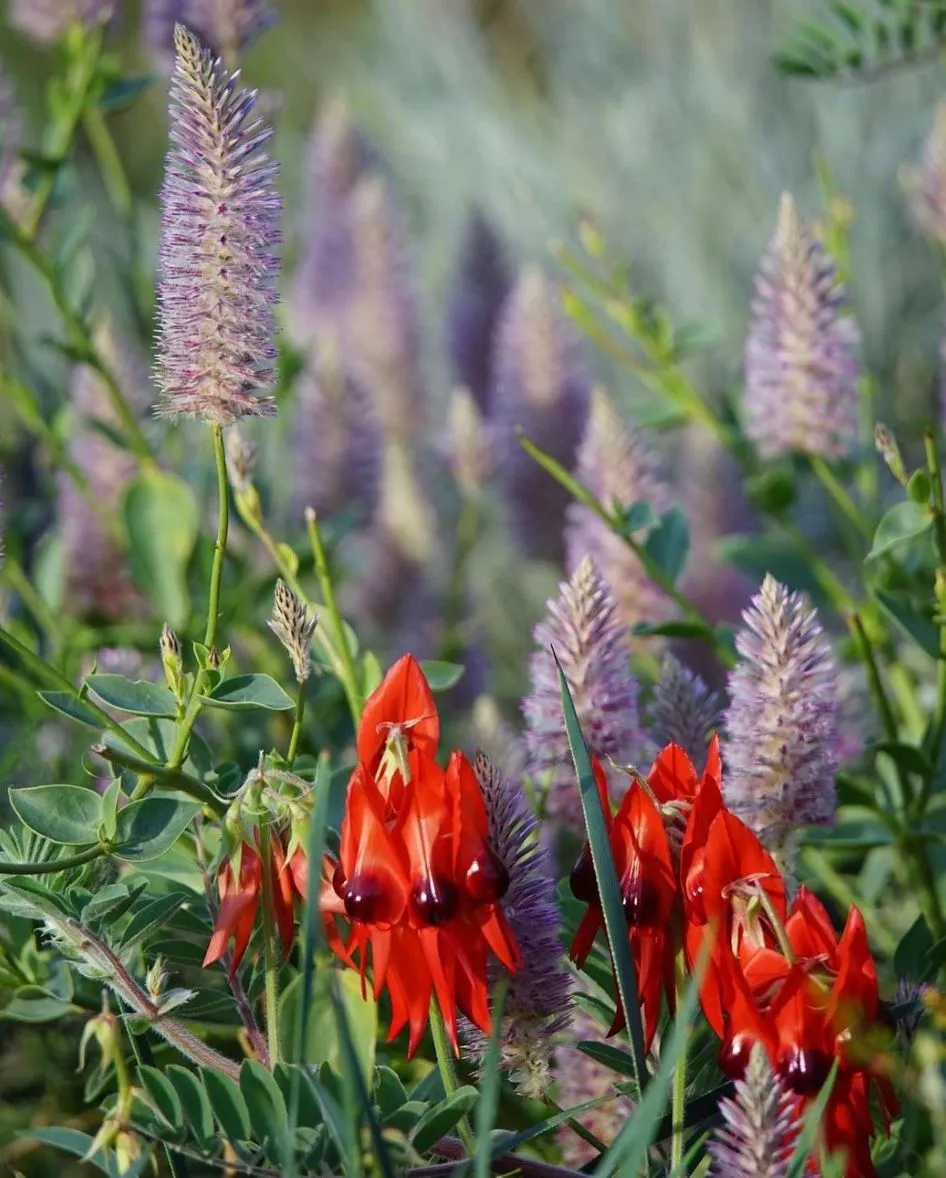Monkey Mia, in the Shark Bay region of Western Australia’s Coral Coast, is a place of wonder not just for its wild dolphins but also for its wildflowers. Located in the Shark Bay Marine Park and near Francois Peron National Park this coastal town gives you the opportunity to experience an ecological wonder. Here marine life abounds in the turquoise waters of the Indian Ocean and inland the desert sands bloom with wildflowers. From walking on white sandy beaches to seeing nature’s magic, Monkey Mia is a must see for nature lovers and fellow travellers. Look at Monkey Mia tours from Perth to enjoy the journey along Western Australia’s Coral Coast, visiting places like the Pinnacles Desert, Kalbarri National Park, and Shell Beach before arriving at Monkey Mia to witness its stunning marine life and natural beauty.
The Beauty of Monkey Mia
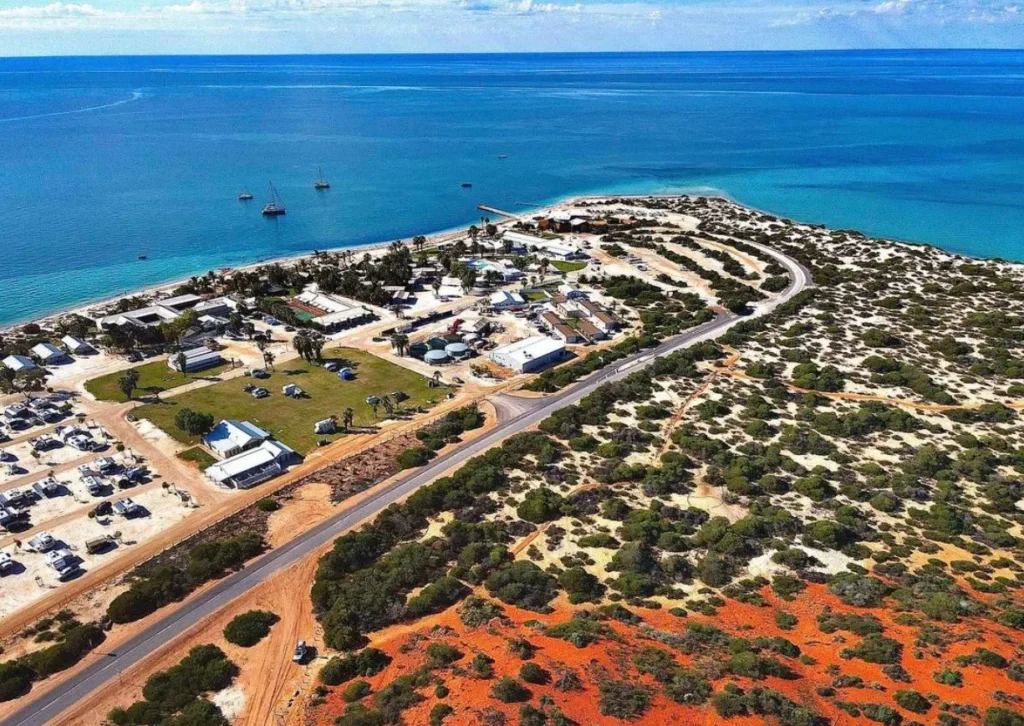
Monkey Mia has beautiful beaches, turquoise water and wildlife experiences. It’s famous for its wild bottlenose dolphins who visit daily and interact with visitors at the Monkey Mia Dolphin Resort. The beauty of this coastal town is enhanced by the wildflowers that bloom at certain times of the year and add splashes of colour to the blue waters of the Indian Ocean. You can walk on sand dunes and white sandy beaches and enjoy the peacefulness of a region with both marine life and desert landscapes.
A Rare Australian Wildlife Haven
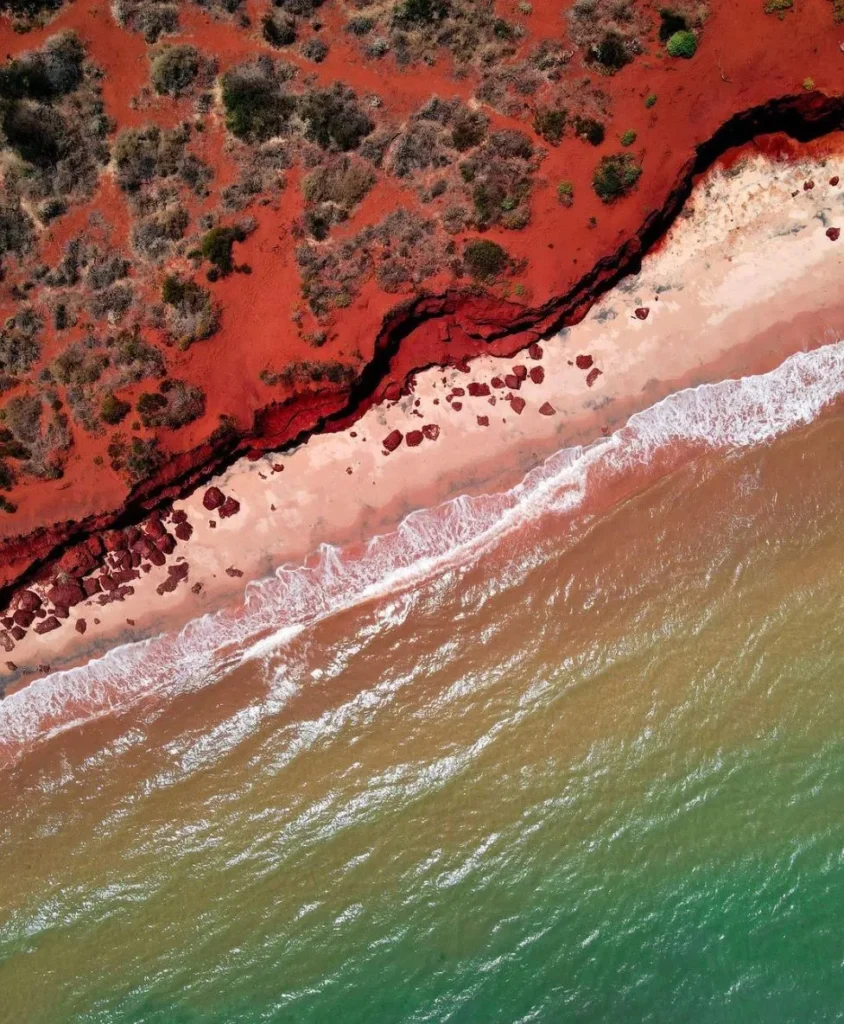
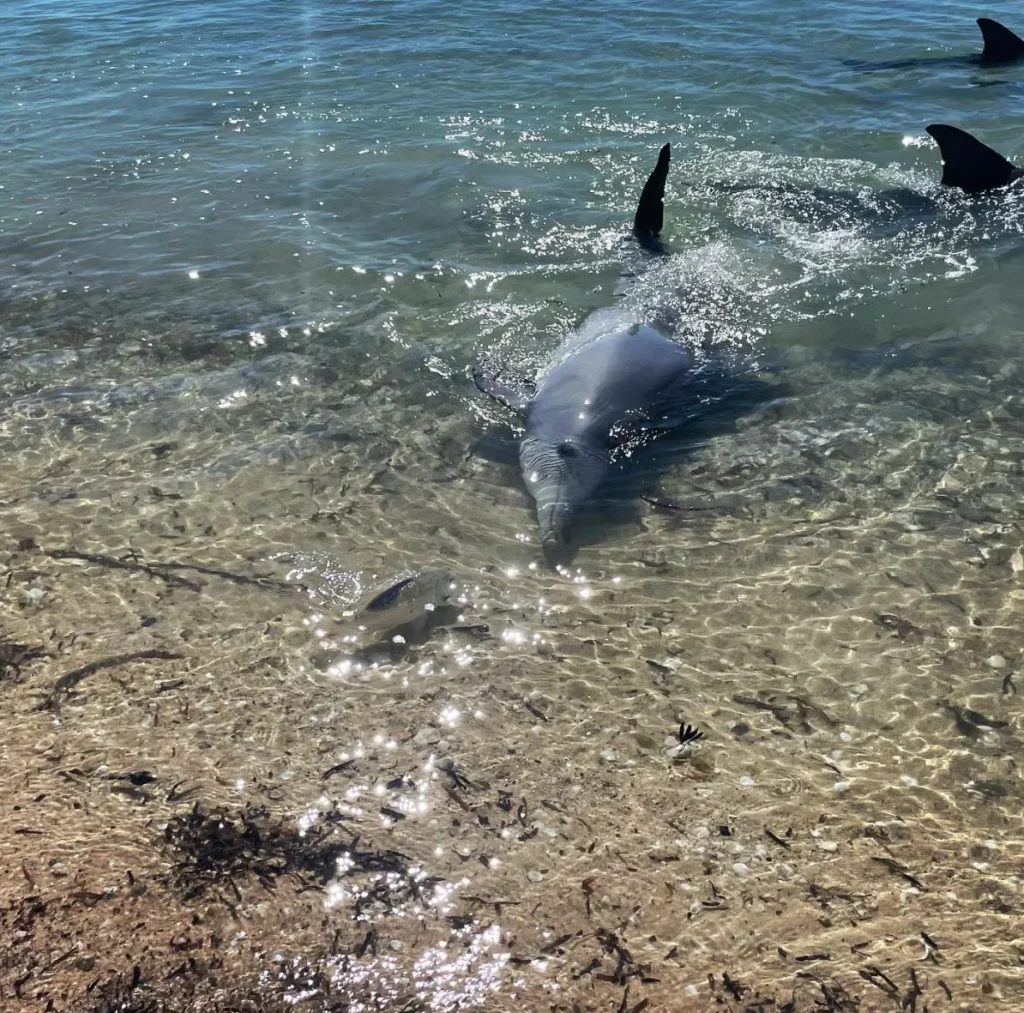
Monkey Mia in the UNESCO World Heritage listed Shark Bay is a rare haven for marine life such as humpback whales, dolphins and turtles. The variety of life extends inland where kangaroos, emus and many bird species roam the desert sands. But it’s not just the wildlife that will amaze it’s the flora too. This combination of wildlife and plant life makes Monkey Mia and the surrounding Shark Bay region a biodiversity hot spot. Whether you’re exploring ancient gorges in Francois Peron National Park or walking the shores near Steep Point the wildlife and flora of Monkey Mia will be an experience you’ll never forget.
Complex Weather & Effects
The desert sands and proximity to the Indian Ocean make Monkey Mia’s weather unique. The seasons affect the wildflowers, with the cooler months from June to August bringing the yellow sands to life. The ecosystem is delicate, with saltwater from the bay and freshwater from rare rain. It’s unpredictable but worth it. Travel in the late arvo or mid arvo during the season and you’ll see the light play on the yellow sands and wildflowers.
Wildflower Season Monkey Mia
Wildflower season in Monkey Mia is from July to October when Shark Bay and the surrounding areas come alive. The season turns Monkey Mia into a rainbow of colours, attracting visitors who come to see one of Western Australia’s most beautiful flower displays. As you wander through the coastal town you’ll see wild bottlenose dolphins on the beach and wildflowers scattered throughout the landscape, it’s already a magical place and this is the time to experience it all – flora and fauna. If you’re staying at Monkey Mia Dolphin Resort or nearby, this is the perfect time to do both.
Wildflower Hotspots near Monkey Mia
Francois Peron National Park and Kalbarri National Park are the places to see Western Australia’s wildflowers in all their glory. The landscapes are covered in native species. Shark Bay Marine Park is another spot to see the bloom, with coastal views of coral reefs and wild dolphins and flowers. You can also visit Nambung National Park and the Pinnacles Desert where the yellow sands meet bursts of colour from the wildflowers.
What Wildflowers will I see in Monkey Mia?
The Shark Bay area including Monkey Mia has many wildflower species. You’ll see Everlastings, wattles, Mulla Mulla and the striking Sturt’s Desert Pea. These flowers will paint the landscape with pink, yellow, red and white. Everlastings are tough in the desert sands, the Sturt’s Desert Pea provides a pop of red in the otherwise dry landscape. Along with lesser known species these flowers showcase the diversity of Western Australia. Other areas like Cape Range National Park, Karijini National Park and Ningaloo Reef have their own wildflower displays and add to the overall flora of Western Australia’s vast landscape.
Top Wildflowers to See
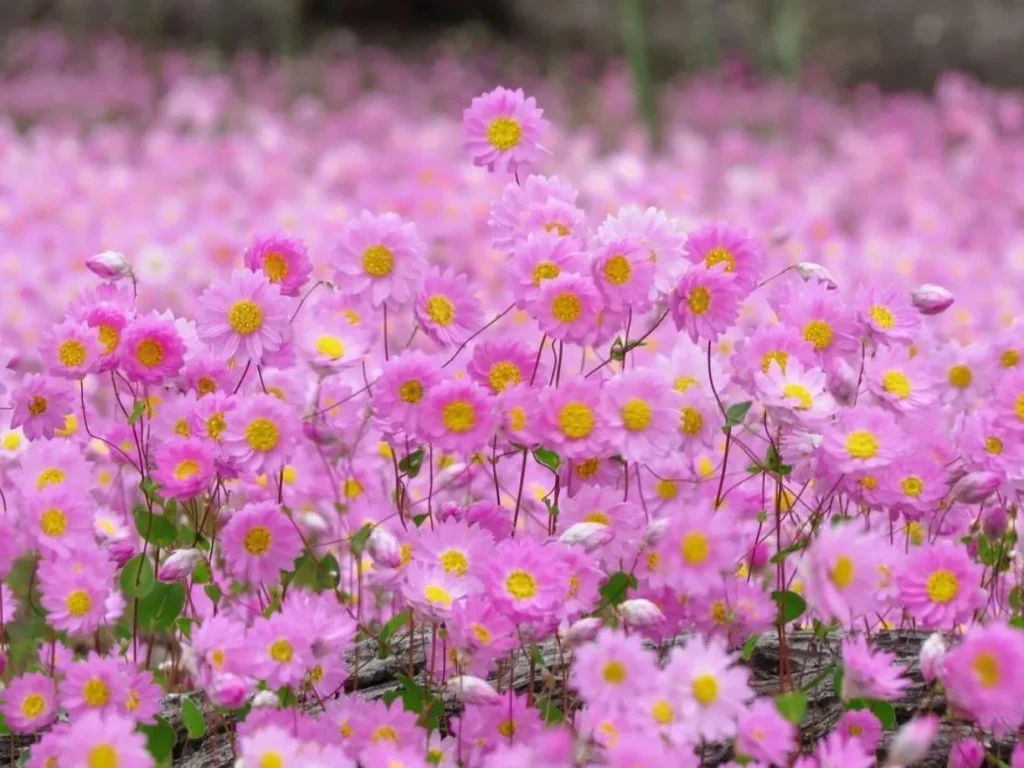
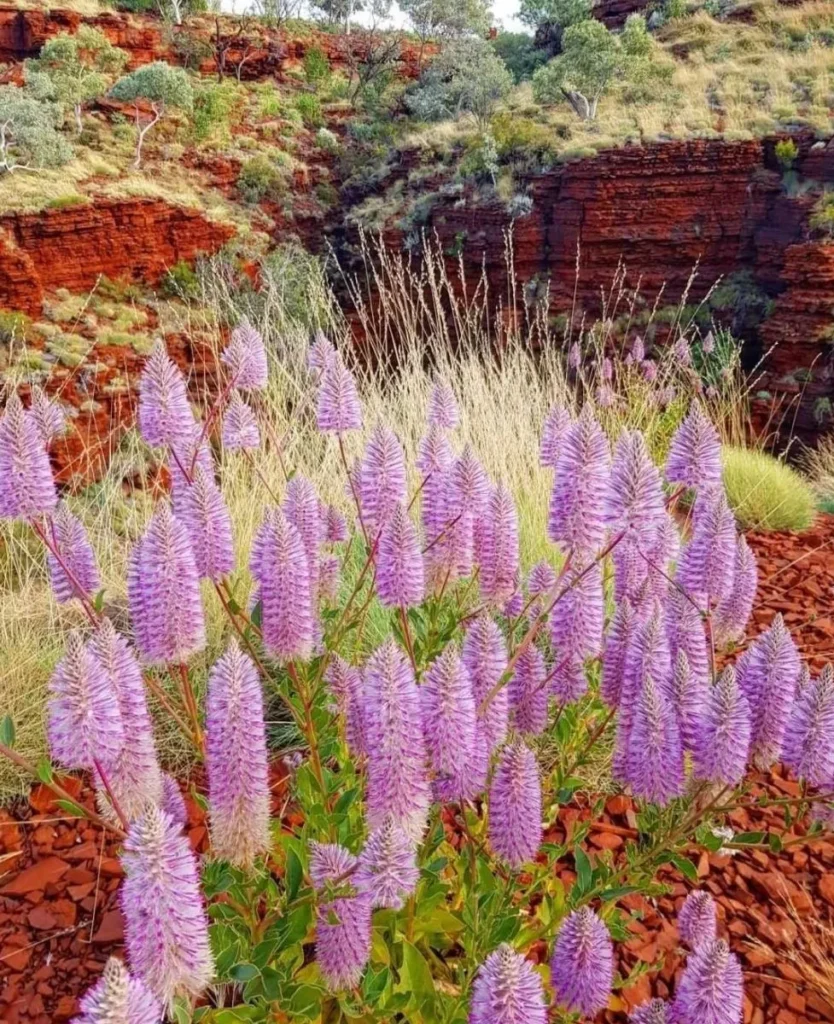
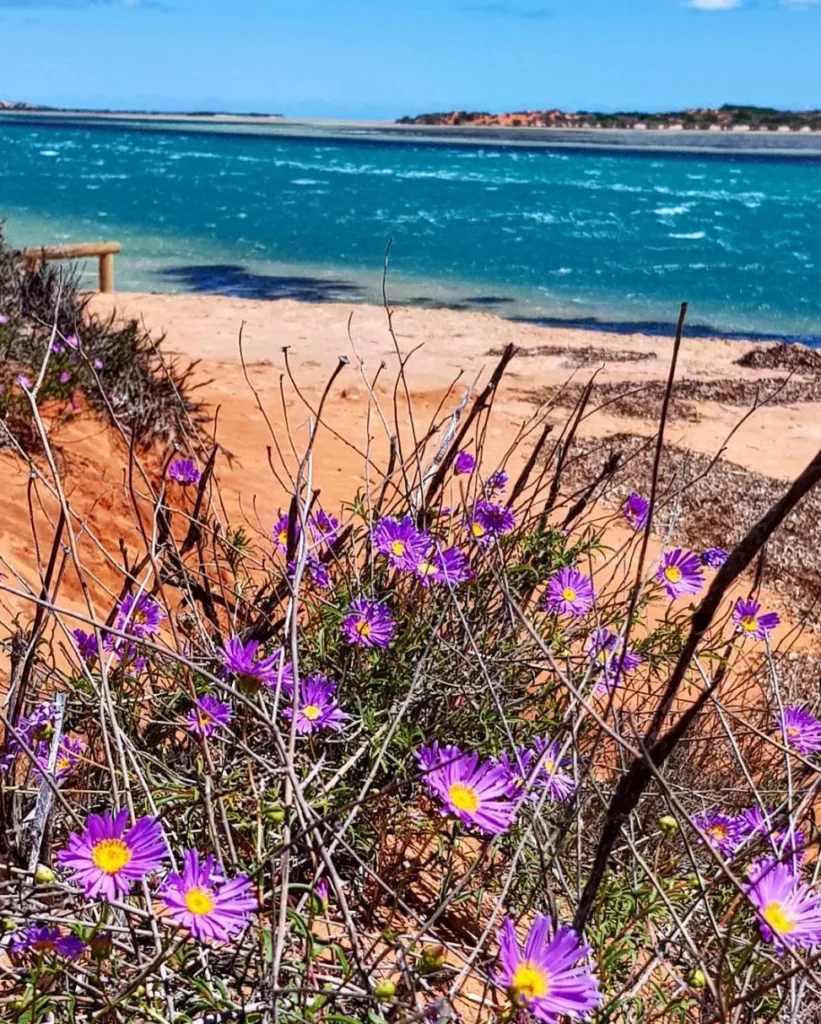
- Shark Bay Daisy
The Shark Bay Daisy (Actinobole uliginosum) is the most iconic wildflower of the area and adds a beautiful white and yellow splash to the landscape. This low growing daisy flowers in carpets, covering the sand plains in a blanket of tiny flowers. - Everlastings
Everlastings are famous for their bright colours and are a must see in Monkey Mia. Pink, white and yellow everlastings cover vast areas of land, a real show stopper and endless photo opportunities. - Mulla Mulla
The Mulla Mulla (Ptilotus exaltatus) with its tall pinkish-purple spikes stands out from the crowd. These unique and hardy flowers often blow in the wind and add height and texture to the otherwise low growing flora. - Wreath Leschenaultia
One of the rarest and most sought after wildflowers, the Wreath Leschenaultia (Lechenaultia macrantha) forms a wreath like arrangement. Found on the edges of roads or sandy tracks, it creates a floral crown along your walking track.
Conclusion
Monkey Mia in the Shark Bay region is a magical mix of marine life, wildlife and a seasonal wildflower display that turns the landscape into a kaleidoscope. Whether you’re a nature lover, a travel enthusiast or just looking to experience the beauty of Western Australia, Monkey Mia and surrounds has it all. From wild bottlenose dolphins to the colours of native wildflowers, this coastal town is a celebration of nature in all its glory.
FAQs
When do I go to see wildflowers?
The wildflower season in Monkey Mia is from July to October when the desert and coastal landscape comes alive with colour.
What else can I see in Monkey Mia besides dolphins?
Besides the famous wild bottlenose dolphins, Monkey Mia has kangaroos, emus and numerous bird species and marine life including humpback whales and coral reefs.
Where are the best wildflower viewing spots near Monkey Mia?
Francois Peron National Park, Kalbarri National Park and Nambung National Park are top spots to see native wildflowers in bloom and stunning scenery.
Is Monkey Mia a World Heritage Site?
Yes, Monkey Mia is part of the Shark Bay World Heritage Area which is recognized for its natural beauty, ecological processes and wildlife habitats.
Are there places to stay in Monkey Mia?
Yes, Monkey Mia Dolphin Resort and other nearby accommodation have options for travellers to see the wildlife, beaches and wildflowers.
